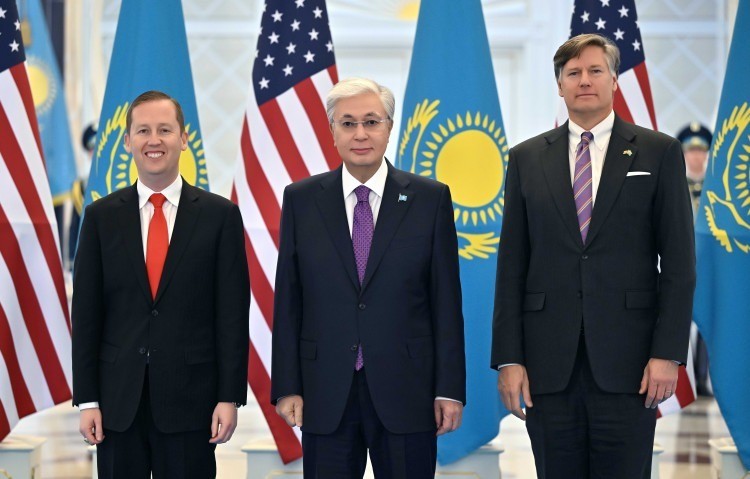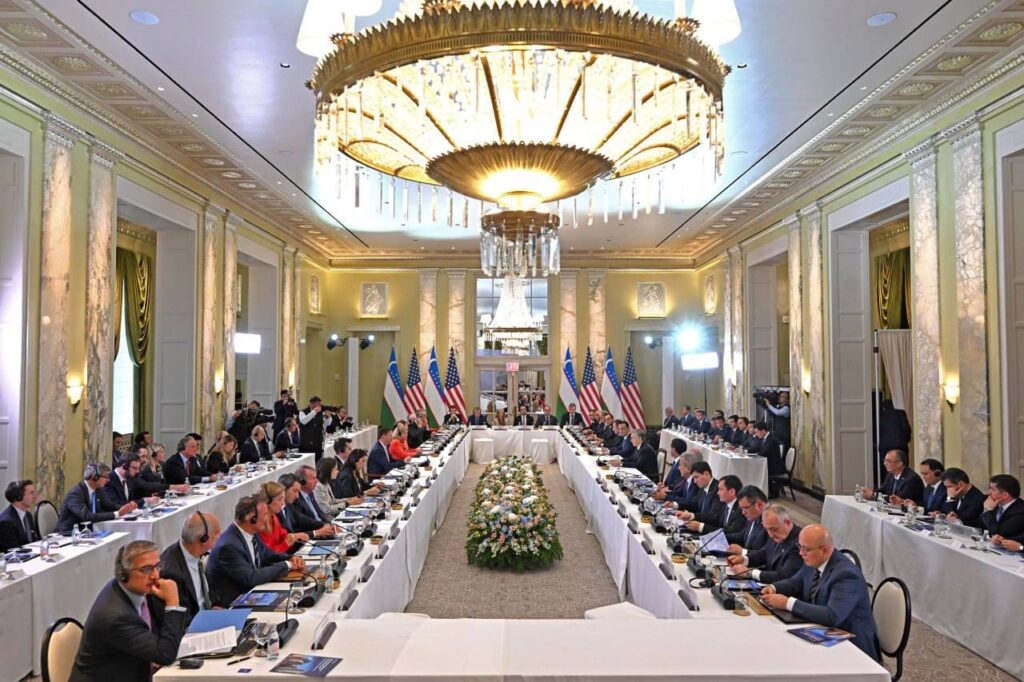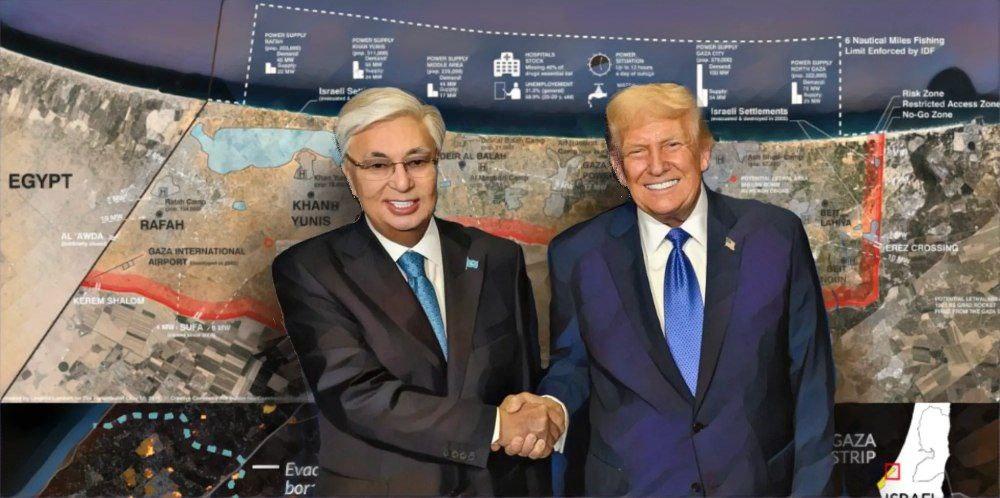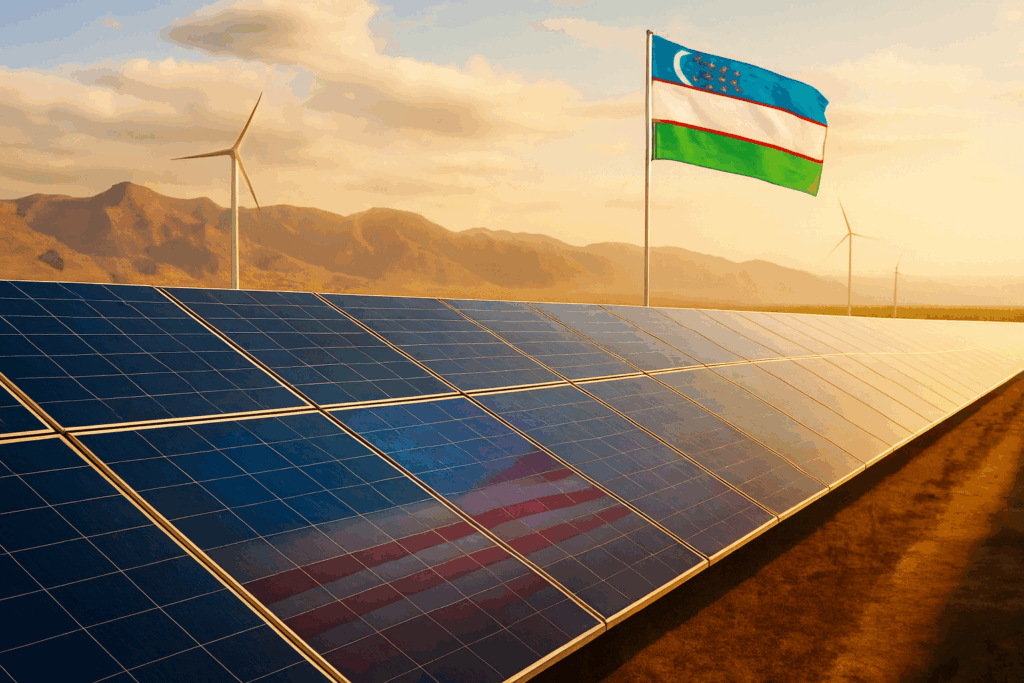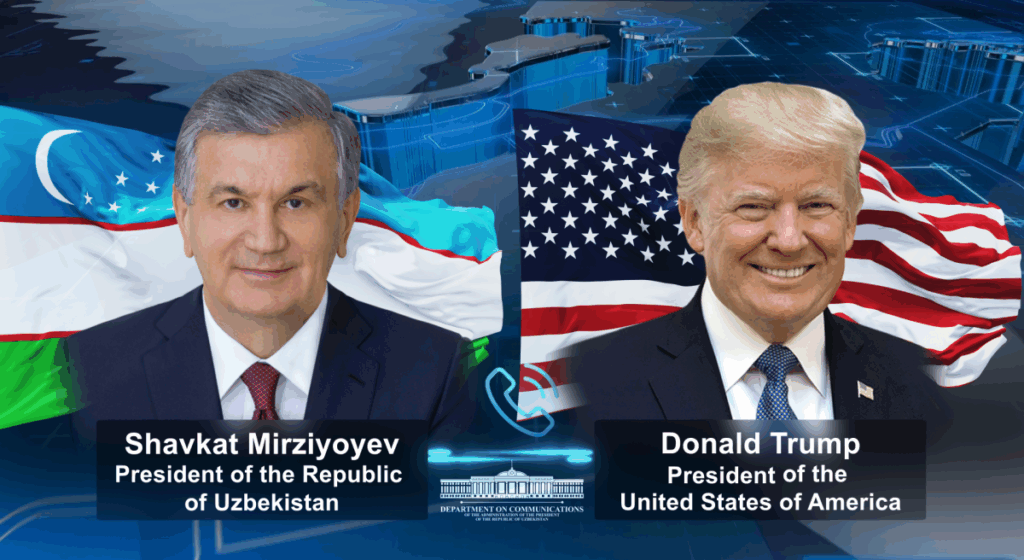Turkey and Turkmenistan have accelerated their cooperation in recent years, advancing economic, energy, and diplomatic initiatives that underscore their shared cultural and strategic interests. Their deepening of bilateral ties reflects and expresses both broader regional dynamics and shifts in global energy geopolitics. As The Times of Central Asia reports, the two countries signed a natural gas supply agreement in February 2025 that reinforces Turkey’s ambitions as a regional energy hub while providing Turkmenistan with a new export avenue.
Turkmenistan will begin supplying 1.3 billion cubic meters per year (bcm/y) of natural gas to Turkey on March 1 through a swap agreement. Turkmenistan will send gas to Iran for consumption in the northeast of the country, in return for which Iran will transfer an equivalent amount to Turkey. Various press commentaries and diplomatic declarations touting the “export of Turkmen gas to Turkey” are therefore to be regarded skeptically as political grandstanding, even if such an assessment may be supported from a technical standpoint of how the industry calculates flows.
Trade and investment relations between Turkey and Turkmenistan have recently seen steady growth, underpinned by Turkish business engagement in Turkmenistan’s infrastructure and construction sectors. Over 600 Turkish companies are active in Turkmenistan, and Turkish direct investment has surpassed $500 million. Turkish contractors have executed projects worth over $50 billion in Turkmenistan since its independence.
In this context, the eighth meeting of the bilateral Intergovernmental Commission on Economic Cooperation took place in Ankara on February 25. Following the meeting, a large-scale protocol was signed, including 87 points and covering cooperation over a wide range of issues – areas such as trade and investment, energy, transport and logistics, scientific cooperation, agriculture, and healthcare.
The bilateral trade turnover between the two countries reached $2.2 billion in 2024, and Turkey aims to more than double this level to $5 billion. However, reaching that target hinges on further liberalization of Turkmenistan’s economic policies and the expansion of investment-friendly regulations, both of which could be challenging.
The two sides also discussed how to integrate Turkmenistan into the Trans-Caspian International Transport Route (TITR, “Middle Corridor”) as well as possible cooperation in the field of transport and logistics toward that end. Ankara has successfully positioned itself as a strategic economic partner, but Ashgabat’s tightly controlled economy presents structural barriers that may slow the desired growth. Ankara’s engagement with Ashgabat thus reflects its broader efforts to enhance connectivity across Central Asia.
Turkey’s push to integrate Turkmenistan into the TITR aligns with its own ambition to position itself as a logistical bridge between Asia and Europe, complementing its Middle Corridor strategy, which seeks to create an alternative trade route bypassing Russia. However, Turkmenistan’s rigid economic model and cautious foreign policy limit the pace of integration. Practical challenges include regulatory misalignment, infrastructure bottlenecks, and geopolitical sensitivities.
Turkey’s Vice-President, Cevdet Yilmaz, affirmed his country’s intention that Turkmen gas and electricity should reach European markets through Turkey. Turkish state-owned companies such as TPAO and BOTAŞ will also seek to develop hydrocarbon fields in Turkmenistan and make infrastructure investments to transport the resources to western Turkmenistan, where it is easier for them to export to international markets.
Turkey’s deepening engagement with Turkmenistan aligns with its broader geopolitical ambitions within the Organization of Turkic States (OTS). Ankara has consistently sought to consolidate influence among Turkic-speaking nations. Its expanding energy and economic ties with Ashgabat reinforce this strategy. The agreement also positions Turkey as a counterweight to Russian and Chinese dominance in Central Asia’s energy landscape.
Despite its strategic benefits, the gas supply agreement is not without risks. Key uncertainties include vulnerabilities from Iran’s often-changing energy policies and economic challenges, potential shifts in government policies in any of the three countries involved, problems with scalability due to the absence of a direct Turkmenistan–Turkey pipeline, and broader geopolitical volatility that would ignite regional tensions.
Physical obstacles to the expansion of the planned volumes are a further challenge. Turkish officials have suggested increasing Turkmen gas imports to 15 bcm/y within two decades. Negotiations are already underway to extend the current five-year agreement and increase supply volumes over time. However, such an expansion would require significant investment in infrastructure, not to mention regulatory agreements.
The Turkey–Turkmenistan energy partnership is a marker for a broader geopolitical recalibration in Central Asia and the Caspian Sea region. The long-term success of strengthening bilateral ties will depend upon path-dependent context. Broader regional implications concerning Russian and Chinese reactions remain fluid.
Ashgabat is unlikely to antagonize Moscow and Beijing with a full pivot westward, especially given its own “positive neutrality”. Economic interdependence gives Turkey leverage to pull Turkmenistan, which has “observer” status at the OTS, partially into its orbit. Turkey’s success in attracting Turkmenistan could shift Central Asia’s geopolitical balance.
Still, Ankara cannot match Beijing’s investment scale or replace Moscow’s security guarantees. The Turkish economy is strained by inflation and the post-2023 earthquake recovery. Its capacity to compete is, therefore, limited, and there is some risk of overextension. As a consequence, the most likely prospect for developing bilateral relations with Ashgabat is a gradual, pragmatic partnership rather than a transformative geopolitical shift.


